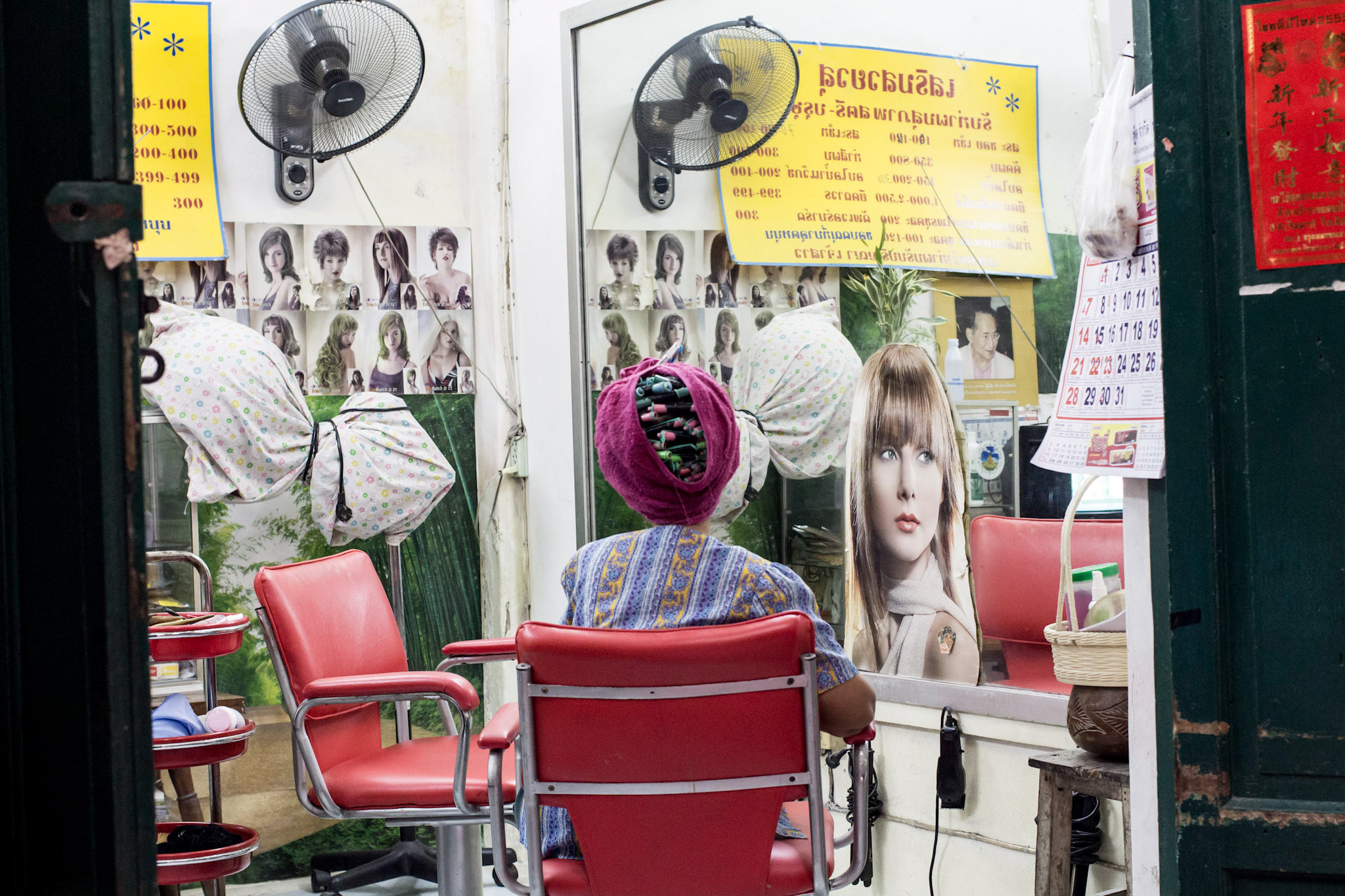Levi Wardell
Levi Wardell has an unusual window on opioid grief. A recovering heroin addict, Wardell works as a funeral director in Cheyenne, Wyoming. In 2022, 124 people across the state died in drug-related deaths. In a small place like Cheyenne, Wardell and his colleagues often feel like they’re burying someone once a week.
Wardell has seen how stigma and guilt complicate the grieving process for families who lose someone to opioids. “It makes it harder because, a lot of times, people don’t want to share” that their loved one died of an overdose, he says. “They bottle it up more. It’s like they can’t actively talk about it.”
Between Dances: Ballroom Dance in Detroit After Covid
Detroit was one of the first epicenters of covid in the US, and older African Americans were among the hardest hit of the city's residents. This was devastating to the city's large community of ballroom dancers, who had worked to preserve a style of Black dance from the city's heyday at the center of American pop culture. I documented the community's efforts to rebuild in 2021 as Detroit reopened from lockdown. This series was featured in The Washington Post Magazine and recognized with a Feature Shoot Emerging Photography Award.
My COVID New York
I moved to Brooklyn just before New York City became the center of the United State's COVID outbreak in the spring of 2020. My main contact with the outside world during that time was by walking the streets with my camera. This is a personal documentary of life inside the outbreak.
Independence Day, Brooklyn 2020
After months of COVID lockdown and against the backdrop of Black Lives Matter protests, many Brooklyn residents celebrated the Fourth of July with massive guerrilla fireworks shows, and they were beautiful.




